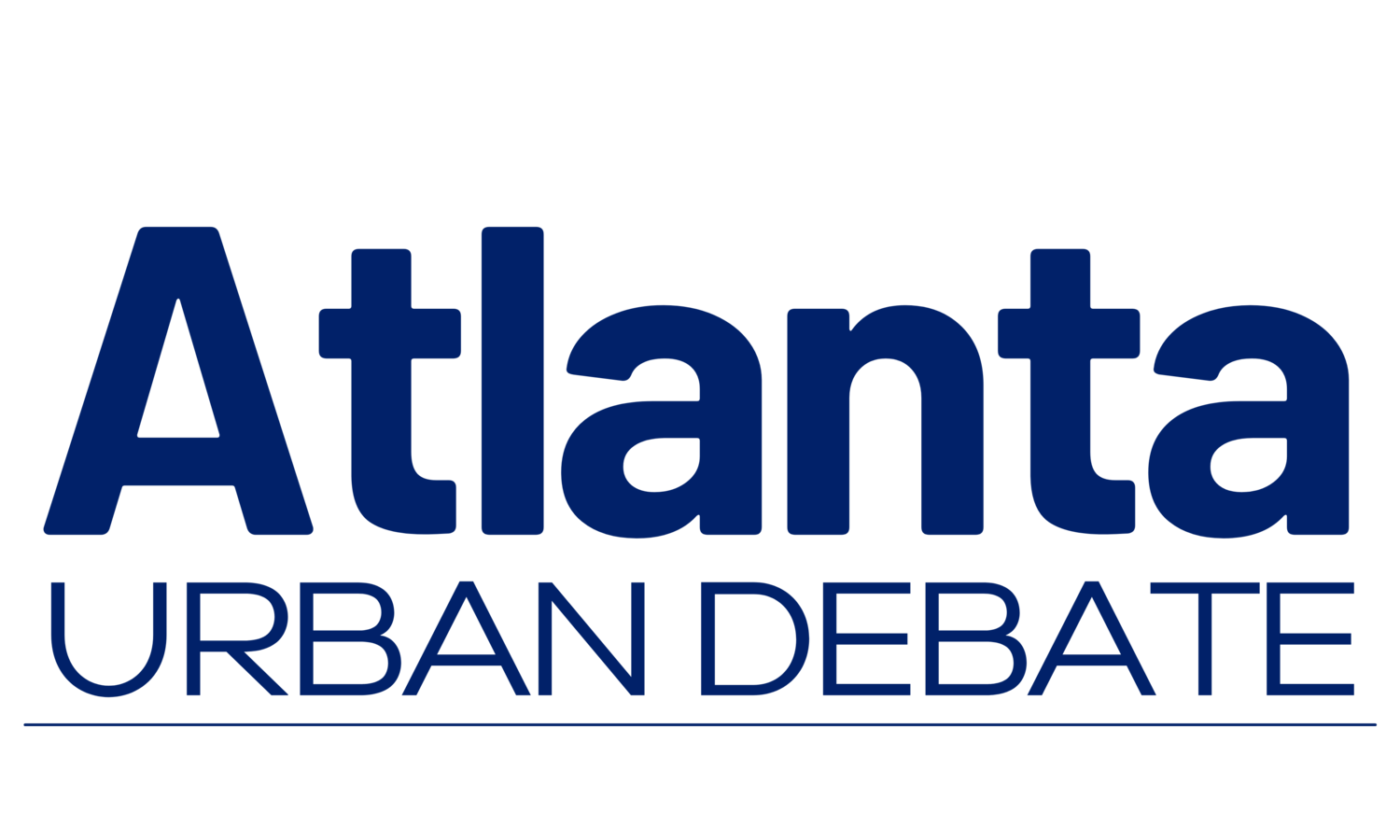The Atlanta Urban Debate League is committed to providing excellent debate education programs, services, and opportunities to diverse students, educators, and members of the community!
Introducing Policy Debate
Introduction to Cross-Examination
Introduction
As mentioned on the flowing page, the AUDL curriculum emphasizes skills in four areas: reading, speaking, note-taking, and asking questions. Again, policy debate demands a style of question-asking that may be unfamiliar to some students.
While a good question in the classroom helps a student understand the material, a good question in debate sets up an argument for use later in the round. As a result, good-faith clarification questions like “What does your plan do?” will not help a student win their rounds. While students should feel comfortable asking for clarification if they are genuinely confused, they should know that cross-examination is an opportunity for argumentation.
In policy debate, a good question has two parts: an assertion and a related query. For example, if the other team said that
“Cats are better than dogs,” a good question could look like:
“You said that cats are better than dogs. But what evidence did you have to support this?”
Sometimes, debaters can phrase their assertions in terms of a query, creating multi-step questions. These can help bring out contradictions within the other team’s arguments.
“You said that cats are better than dogs, correct?” (Yes)
“And your Smith evidence says that dogs bite more often than cats, correct?” (Yes)
“If cats bite less often than dogs, then wouldn’t dogs be better at protecting their owners?”
Although novice-level debaters may struggle with asking strong questions, they should learn to do so by the time they leave junior varsity.
Learning Objectives
In this section, students should:
Learn that questions should be argumentative, not for clarification.
Feel comfortable asking for clarification, but only when necessary.
Understand that good questions interrogate an assertion.
Points of Improvement
Here are some things to watch out for as students hone their cross-examination skills:
Students continue to ask for clarification or for information instead of setting up arguments. That said, this may be a flowing problem, not a cross-examination problem, so review their flows to see if they are getting the key points written down!
Students do not use assertions in their questions, which may confuse the person that they’re asking.
Students fail to include queries in their questions, which results in them making statements during cross-examination instead of asking anything.
Students run out of questions to ask during cross-examination. They may have prepared just one or two, so encourage them to think on their feet and come up with more questions.
Signs of Progress
Here are some positive signs that students are learning to ask questions effectively:
Students’ questions set up arguments that they could use in a debate round.
Students’ questions include an assertion and a related query.
Students can come up with their own questions without long periods of preparation time.
